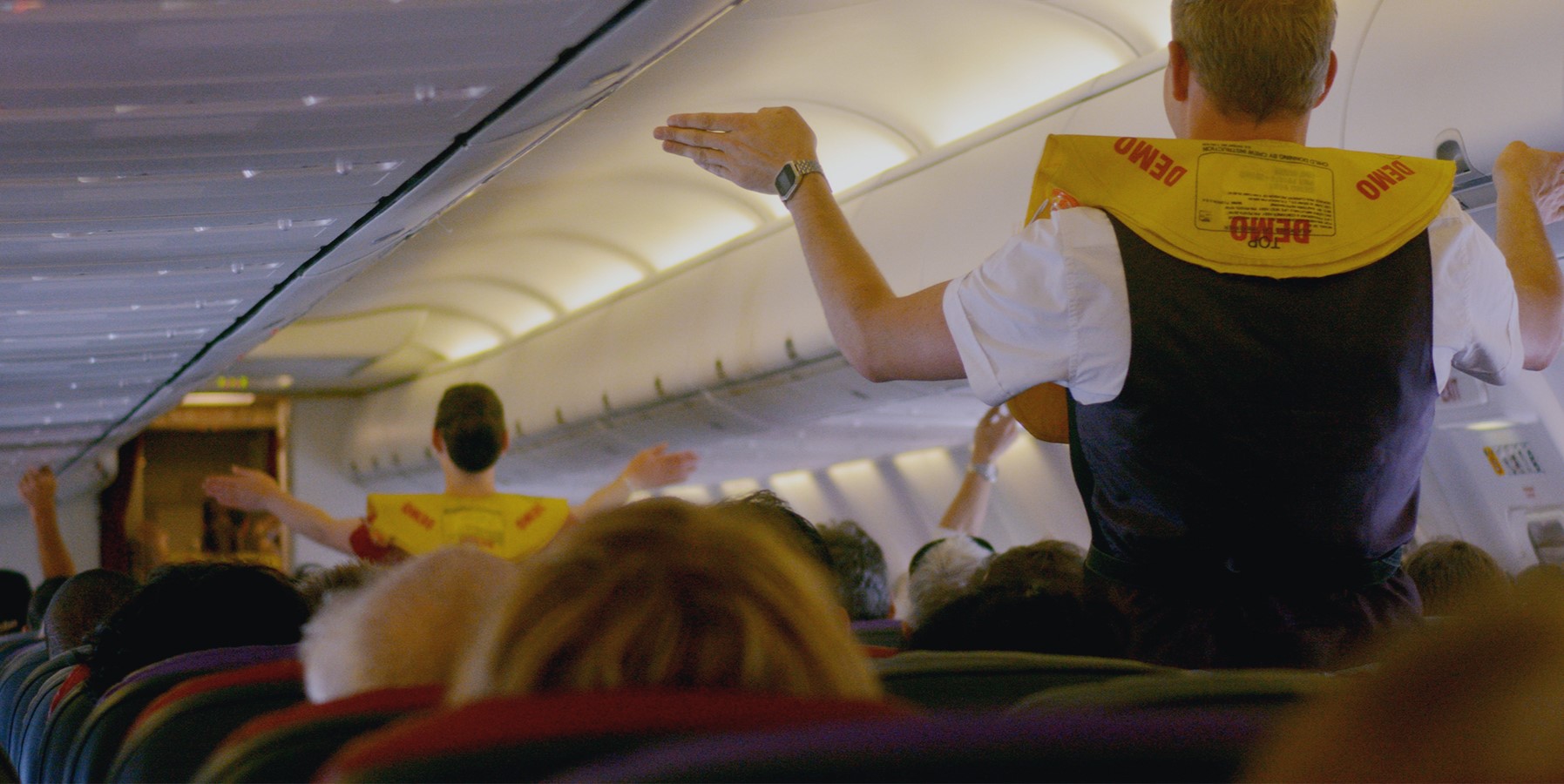
Ever wondered how safe you are inside an airplane cabin? Aircraft cabin safety is a topic that affects millions of travelers every day. From the moment you step on board to the instant you disembark, numerous safety measures are in place to ensure your well-being. But what exactly makes flying so secure? This blog post will dive into 20 fascinating facts about aircraft cabin safety, shedding light on everything from seatbelt design to emergency oxygen systems. Whether you're a frequent flyer or an occasional traveler, understanding these safety features can make your next flight more comfortable and reassuring. Buckle up and get ready to learn!
Key Takeaways:
- Aircraft cabin safety involves hidden features like seat belts, oxygen masks, and life vests, all designed to keep passengers safe during emergencies without causing panic.
- Flight attendants play a vital role in ensuring passenger safety by conducting safety demonstrations, guiding evacuations, providing first aid, and conducting security checks before each flight.
Aircraft Cabin Safety: A Closer Look
Flying can be a thrilling experience, but safety remains a top priority. Aircraft cabin safety involves numerous protocols and features designed to protect passengers. Let's explore some fascinating facts about this crucial aspect of air travel.
Safety Features You Might Not Notice
Many safety features are subtly integrated into the aircraft cabin. These elements are designed to ensure passenger safety without causing alarm.
- Seat Belts: Seat belts are the first line of defense during turbulence. They keep passengers securely in their seats, preventing injuries.
- Oxygen Masks: In case of cabin depressurization, oxygen masks deploy automatically. They provide essential oxygen until the aircraft descends to a safer altitude.
- Life Vests: Located under each seat, life vests are crucial for water landings. They are equipped with a whistle and a light to attract attention.
- Emergency Lighting: Floor-level lighting guides passengers to exits during an evacuation. This lighting remains visible even in smoke-filled cabins.
- Fire Extinguishers: Aircraft are equipped with multiple fire extinguishers. Crew members receive training to handle various types of fires.
The Role of Flight Attendants
Flight attendants are more than just service providers. They play a vital role in ensuring passenger safety.
- Safety Demonstrations: Before takeoff, flight attendants perform safety demonstrations. These briefings cover seat belts, oxygen masks, and emergency exits.
- Evacuation Procedures: In an emergency, flight attendants guide passengers through evacuation procedures. Their training prepares them to handle panic and ensure orderly exits.
- First Aid: Flight attendants are trained in first aid. They can handle medical emergencies until the plane lands and professional help arrives.
- Security Checks: Before each flight, attendants conduct security checks. They ensure that all safety equipment is in place and functioning correctly.
- Passenger Assistance: Flight attendants assist passengers with special needs. They ensure everyone can follow safety protocols.
Technological Innovations in Cabin Safety
Advancements in technology have significantly improved cabin safety. These innovations enhance both prevention and response capabilities.
- Smoke Detectors: Modern aircraft are equipped with smoke detectors in lavatories. These devices alert the crew to potential fires.
- Advanced Materials: Aircraft interiors use fire-resistant materials. These materials reduce the risk of fire spreading.
- Communication Systems: Enhanced communication systems allow the crew to coordinate quickly. They can relay important information to passengers and ground control.
- Automated External Defibrillators (AEDs): Many aircraft carry AEDs. These devices can save lives during cardiac emergencies.
- Real-Time Monitoring: Some airlines use real-time monitoring systems. These systems track the condition of the aircraft and alert the crew to any issues.
Regulations and Standards
Strict regulations and standards govern aircraft cabin safety. These rules ensure that airlines maintain high safety levels.
- FAA and EASA: The Federal Aviation Administration (FAA) and the European Union Aviation Safety Agency (EASA) set stringent safety standards. Airlines must comply with these regulations.
- Regular Inspections: Aircraft undergo regular inspections. These checks ensure that all safety equipment is operational.
- Crew Training: Flight crews receive extensive training. This training includes handling emergencies, first aid, and passenger assistance.
- Passenger Briefings: Airlines must provide safety briefings to passengers. These briefings ensure that everyone knows what to do in an emergency.
- Safety Audits: Airlines conduct regular safety audits. These audits help identify and address potential safety issues.
Aircraft cabin safety involves a complex web of features, protocols, and regulations. Each element plays a crucial role in ensuring that passengers reach their destinations safely.
Final Thoughts on Aircraft Cabin Safety
Aircraft cabin safety is more than just following rules; it's about ensuring every passenger's well-being. From oxygen masks to emergency exits, each detail is meticulously planned. Knowing these safety protocols can make a significant difference during unexpected situations. Flight attendants are trained rigorously to handle emergencies, so trust their guidance. Remember, seat belts aren't just for takeoff and landing—they're crucial throughout the flight. Cabin pressure changes can be sudden, so always be prepared. Safety cards might seem boring, but they contain life-saving information. Next time you fly, take a moment to appreciate the safety measures in place. They’re designed to protect you. Stay informed, stay safe, and enjoy your journey with peace of mind.
Frequently Asked Questions
Was this page helpful?
Our commitment to delivering trustworthy and engaging content is at the heart of what we do. Each fact on our site is contributed by real users like you, bringing a wealth of diverse insights and information. To ensure the highest standards of accuracy and reliability, our dedicated editors meticulously review each submission. This process guarantees that the facts we share are not only fascinating but also credible. Trust in our commitment to quality and authenticity as you explore and learn with us.


